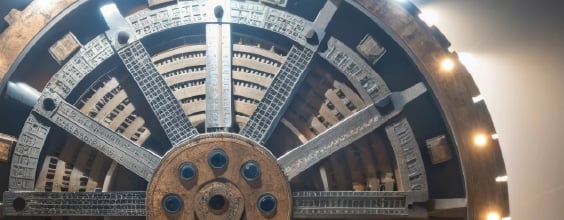This was not WSP’s first foray into an aerial cableway evaluation for San Diego. The concept had an initial run in 2014, when Wahl was part of the firm’s efforts to evaluate and visualize the potential for creating a two-mile Bay-to-Balboa Skyway that would run along Sixth Avenue in downtown San Diego using eight-passenger cabins.
The study examined potential alignment options, station locations, potential environmental and community considerations, ridership, costs and funding opportunities. It determined that an aerial skyway could be successfully integrated into San Diego's existing infrastructure, and constructed and operated at a cost far below other public transportation options in that area.
“When we initially met with (San Diego County) Supervisor Ron Roberts to study the Bay-to-Balboa system, he envisioned an airport system being a potential extension of the Bay-Balboa line,” Wahl said. “Though the two systems were evaluated separately, it would technically be possible to link the two systems near the Gaslamp Quarter station at 5th Ave & Harbor Drive.”
That study laid the foundation for additional research that resulted in a comprehensive white paper, “Urban Application of Aerial Cableway Technology,” which summarizes the benefits of aerial cableway technology and addresses the costs and challenges associated with introducing the technology into an urban environment.
“The idea of a cableway as an alternative transit mode has the potential to be both a bold and creative solution for urban mobility,” Wahl said. “We believe this technology could be considered for many cities across the U.S.”















